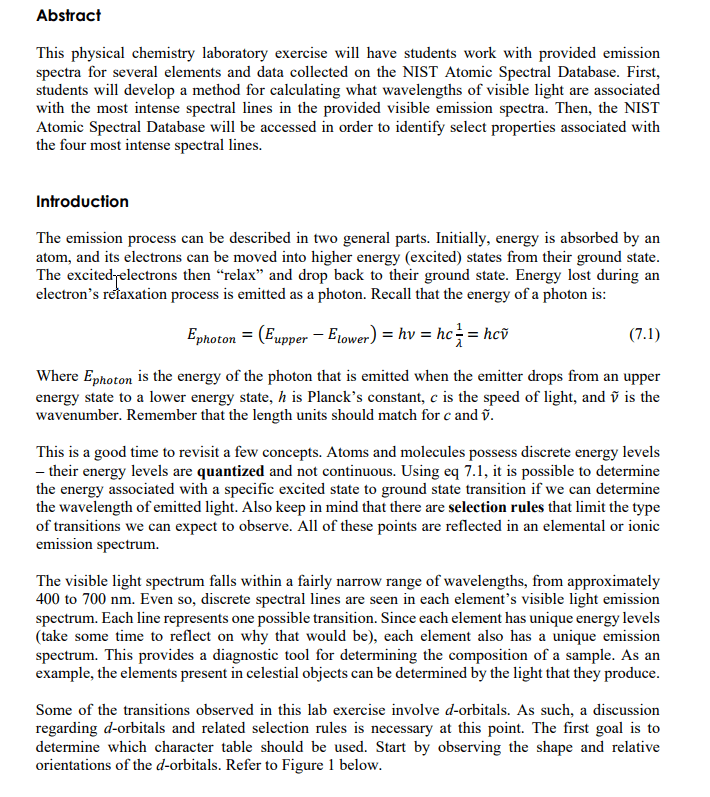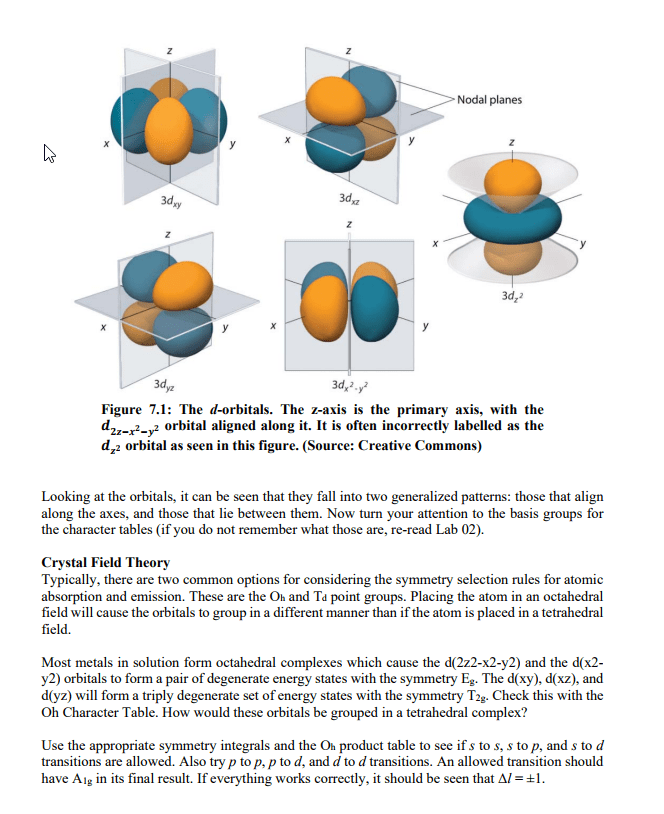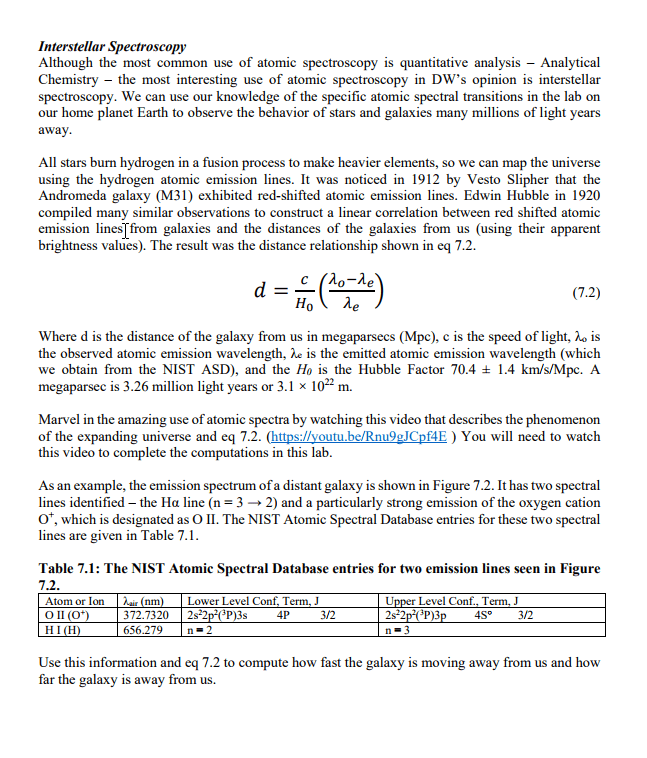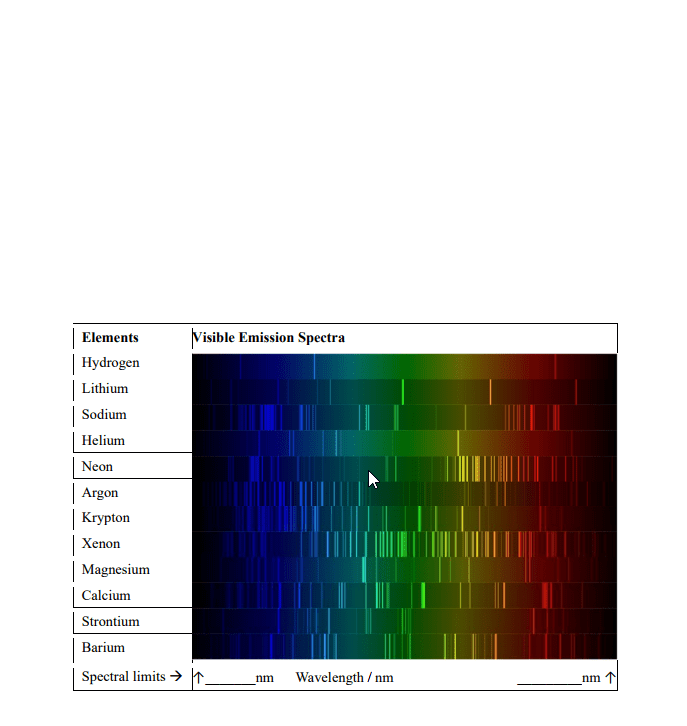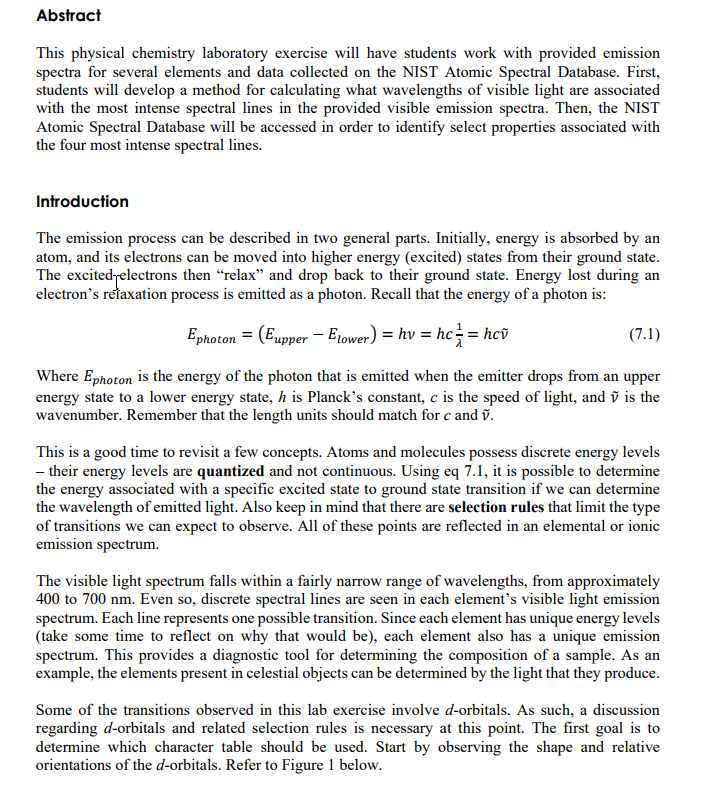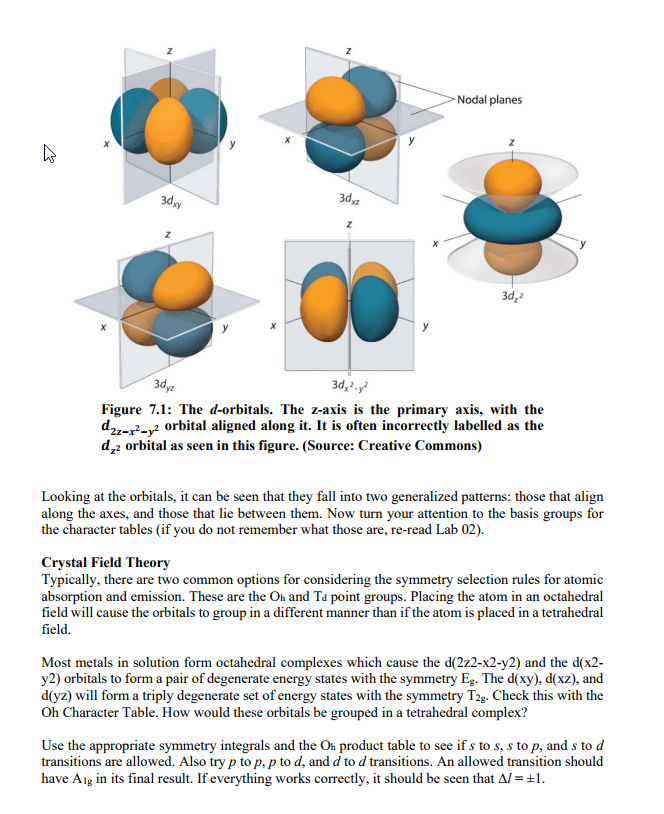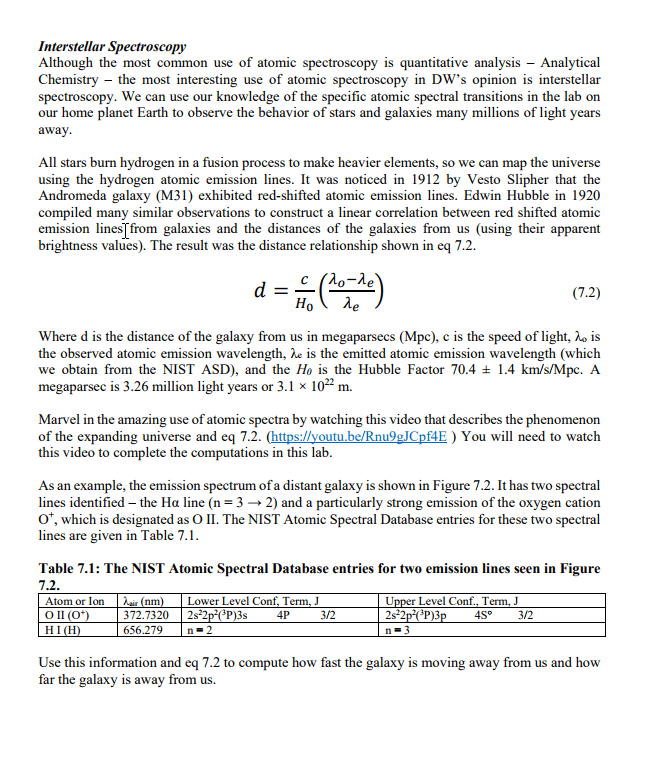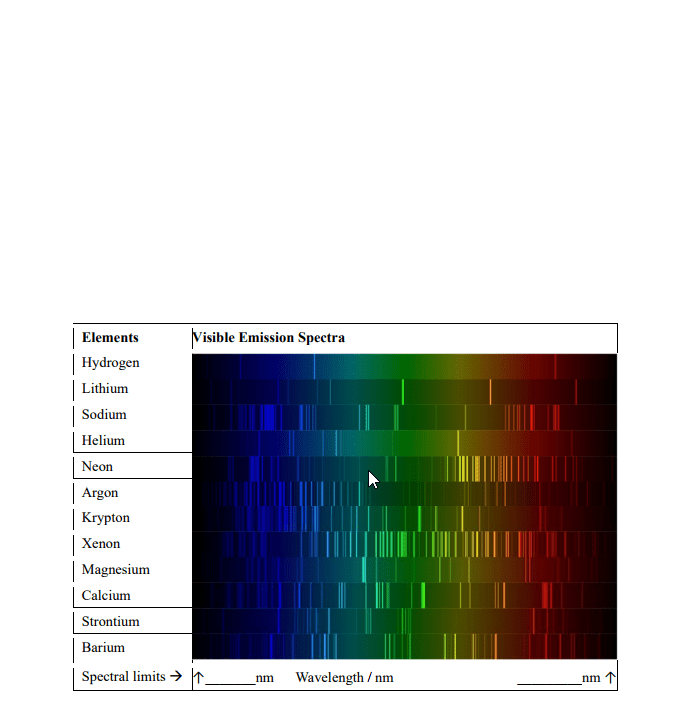2) The average time the electron stays in the excited state before dropping back into the ground state is called its mean lifetime. The fact that the lifetime is not infinite introduces some uncertainty in the energy of the photon, and thus the wavelength. If the lifetime of the donor excited state in this problem is 3 ns, what is the uncertainty in the wavelength? (Hint: use the fact that E â λâ1 and calculate âE/E. In other words, calculate the percent uncertainty in the energy to determine the wavelength uncertainty.) The fluorescent molecules can be used to determine how close the biomolecules are. To do this, the solution is illuminated by light that will promote the D1 â D2 transition. If the molecules are widely separated (as in Fig. 1a) the electron will decay back to D1 emitting a photon very close to the energy of the absorbed photon. However, if the molecules are close (Fig. 1b) the absorbed energy can transfer from the donor molecule to the acceptor (dotted line). For properly chosen donor and acceptor molecules, this transfer is much faster than the lifetime of the donor excited state. So, when the electron decays back to the ground state the emitted photon corresponds to the A2 â A1 transition. This means that color of the fluorescent light indicates whether the molecules are close together or far apart. This technique is called Fluorescence Resonance Energy Transfer (FRET).
2) The average time the electron stays in the excited state before dropping back into the ground state is called its mean lifetime. The fact that the lifetime is not infinite introduces some uncertainty in the energy of the photon, and thus the wavelength. If the lifetime of the donor excited state in this problem is 3 ns, what is the uncertainty in the wavelength? (Hint: use the fact that E â λâ1 and calculate âE/E. In other words, calculate the percent uncertainty in the energy to determine the wavelength uncertainty.) The fluorescent molecules can be used to determine how close the biomolecules are. To do this, the solution is illuminated by light that will promote the D1 â D2 transition. If the molecules are widely separated (as in Fig. 1a) the electron will decay back to D1 emitting a photon very close to the energy of the absorbed photon. However, if the molecules are close (Fig. 1b) the absorbed energy can transfer from the donor molecule to the acceptor (dotted line). For properly chosen donor and acceptor molecules, this transfer is much faster than the lifetime of the donor excited state. So, when the electron decays back to the ground state the emitted photon corresponds to the A2 â A1 transition. This means that color of the fluorescent light indicates whether the molecules are close together or far apart. This technique is called Fluorescence Resonance Energy Transfer (FRET).
For unlimited access to Homework Help, a Homework+ subscription is required.

